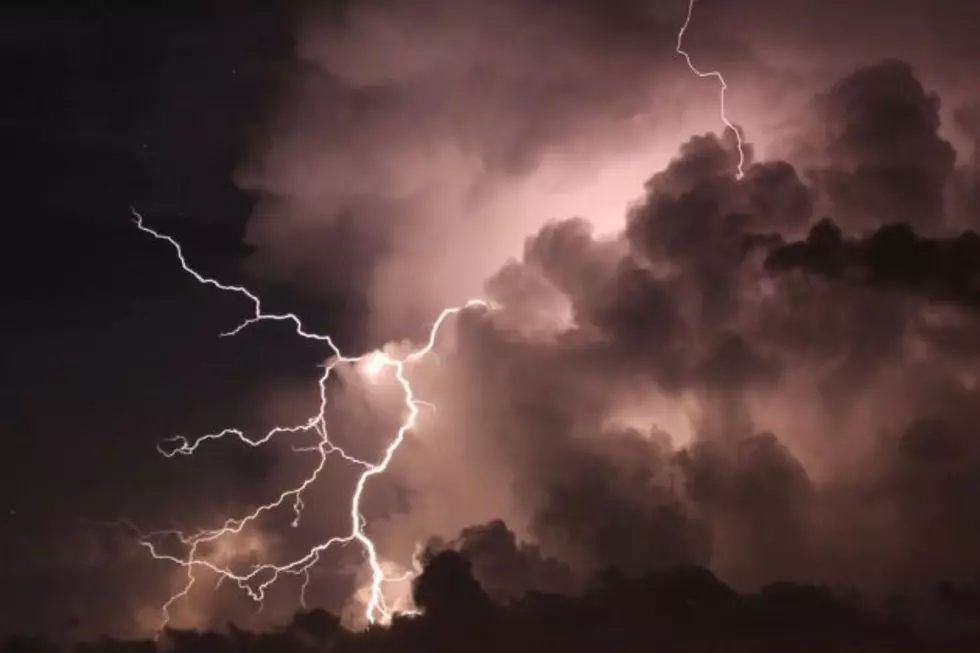
USDA Funds Conservation Projects…Wyoming Has Two of Them
CASPER, Jan. 14, 2015 – Agriculture Secretary Tom Vilsack announced today that 115 high-impact projects across all 50 states and the Commonwealth of Puerto Rico, including Wyoming, will receive more than $370 million in federal funding as part of the new Regional Conservation Partnership Program (RCPP). In turn, these projects will leverage an estimated $400 million in partner contributions to improve the nation’s water quality, support wildlife habitat and enhance the environment.
"This is an entirely new approach to conservation efforts," said Vilsack. "These partnerships empower communities to set priorities and lead the way on conservation efforts important for their region. They also encourage private sector investment so we can make an impact that's well beyond what the Federal government could accomplish on its own. We're giving private companies, local communities, and other non-government partners a way to invest in a new era in conservation that ultimately benefits us all. These efforts keep our land resilient and water clean, and promote economic growth in agriculture, construction, tourism, outdoor recreation, and other industries."
This year’s projects in Wyoming will accomplish a wide diversity of agricultural and natural resource goals from improving water quality and wildlife habitat to streambank restoration.
RCPP’s new focus on public-private partnership enables private companies, local communities and other non-government partners a way to invest in efforts to keep our land resilient and water clean, and promote tremendous economic growth in agriculture, construction, tourism and outdoor recreation, and other industries.
RCPP competitively awards funds to conservation projects designed by local partners specifically for their region. Eligible partners include private companies, universities, non-profit organizations, local and tribal governments and others joining with agricultural and conservation organizations and producers to invest money, manpower and materials to their proposed initiatives. With participating partners investing along with the Department, USDA's $1.2 billion in funding over the life of the five-year Farm Bill program can leverage an additional $1.2 billion from partners for a total of $2.4 billion for conservation.
“RCPP puts our partners in the driver’s seat,” said Astrid Martinez, USDA’S Natural Resources Conservation Service state conservationist in Wyoming. “Projects are led locally, and demonstrate the value of strong public-private partnerships that deliver solutions to tough natural resource challenges.” Each project has a lead partner that coordinates implementation of the best management practices.
Two projects were selected for Wyoming:
Upper North Platte Watershed Restoration, Carbon County
Saratoga-Encampment-Rawlins Conservation District (SERCD)
The primary resource concern for the Upper North Platte River Watershed Restoration is surface water quality while balancing agricultural production, maintaining stable river channels, encouraging healthy riparian communities, and promoting sustainable fish and wildlife habitat. Collaboration between landowners, State and Federal agencies, and non-governmental conservation organizations in the Upper North Platte Watershed has enjoyed numerous successes. With regards to agricultural production, this watershed-wide restoration will minimize land loss from river bank erosion, assure irrigation water delivery, provide off-channel watering as applicable, establish riparian fencing, and seek deferred riparian grazing agreements with producers while native riparian plants re-establish. Stable river channels are defined as neither aggrading nor degrading, while efficiently moving sediment. Reconnecting main stem water courses and tributaries with their floodplains helps raise the water table, promote vibrant deep-rooted woody plant production including cottonwood galleries, and enhance and diversify wildlife habitats including wetlands for migrating waterfowl. Stable river channels also add to public enjoyment and safety for anglers and floaters. (Local economies rely heavily on both agriculture and tourism).
Water Quality and Habitat Improvements: Tongue River Watershed, Sheridan County
The Nature Conservancy - Wyoming Chapter
Under the Tongue River Initiative (TRI) framework, this project is a result of a partnership between the Sheridan County Conservation District (SCCD), Sheridan Community Land Trust (SCLT), and NE Wyoming office of The Nature Conservancy (TNC).
The Tongue River, Goose Creek and Prairie Dog Creek watersheds in Sheridan County and Johnson County all contain water bodies considered impaired for bacteria. The SCCD with the NRCS has been working with residents to address concerns for over 18 years. An Environmental Protection Agency (EPA) Watershed-Based Plan was completed for the Prairie Dog Creek in 2007, an update to the Tongue River EPA Watershed Plan was completed in 2013, and an Implementation Strategy to address recommendations included in the Goose Creek Watershed Total Maximum Daily Load (TMDL) was completed in 2012.
This project will further efforts of the partners to accelerate project planning, completion and evaluation. Projects to be planned and implemented include, grazing management, range improvement, irrigation diversion restoration (with fish passage), irrigation infrastructure, stream bank and/or channel stabilization, riparian fencing/stock water developments, septic system replacements, invasive species treatment and easements to prevent fragmentation from residential development within the watersheds. Water quality monitoring has been underway for several years, and will continue along stream stretches where impairments have been noted. New remote sensing analysis will be conducted to allow mapping of existing and future Russian olive densities, with a model developed that will be transferable to other Russian olive infestation areas. Range monitoring will assess effects of riparian fencing and other restoration projects and fish passage will be monitored by fish surveys conducted within the watershed.
Wyoming and Utah NRCS Collaborative Project
In addition to the two state projects, Wyoming will be involved in a national RCPP project, the Upper Bear River Stream Restoration and Irrigation Efficiency. Trout Unlimited in Utah will lead a collaborative partnership of 14 organizations that will continue and expand upon conservation work on the East Fork and Upper Bear River in Utah and Wyoming. This project will improve irrigation water management and efficiency, fish passage, and stream flows to benefit native fishes and other aquatic and riparian-dependent species as the primary resource concerns. Project work will be focused on five irrigation diversions and canals. Key practices to be implemented include installing permanently improved irrigation diversion structures with fish screening capabilities, pipelines to replace open irrigation canals, riparian buffers and improved on-farm irrigation systems. Water quality and fish habitat will be improved at two highly altered diversion sites that are erosion sources.
Competitive Proposals for RCPP
More than 600 pre-proposals were submitted for RCPP in 2014. Of those, more than 200 were invited to submit full proposals. “With so many strong project proposals, the project selection process was extremely competitive. RCPP is a 5-year $1.2 billion USDA commitment; projects not selected in this first year may be eligible in subsequent years,” Martinez said.





